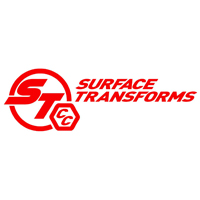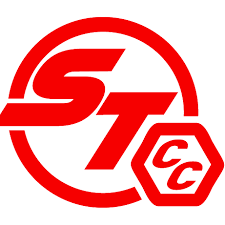Strange as it may sound, “How much is an Audi R8?” is a fairly common search query. Odd, that. It’s probably easier just to go to Audi Canada’s website and check the price, rather than typing the question into Google. And why the R8? Granted, Audi’s apex sports car is a beautiful mid-engine creature that, when looking at its direct European competition — Ferrari’s 488 Pista and the McLaren 570S, as well as the R8’s own kissing cousin, the Lamborghini Huracan — could be considered a bargain. Is the average person even aware of this, or does the R8 simply represent the unobtainable and folks are curious about what they can never own?
The 2020 R8 V10 starts at $188,400 for the 562-horsepower coupe — and yes, that could be considered good value. This 602-horsepower Performance model, with its standard ceramic brakes, carbon fibre accoutrements, and other juicy bits, stickers at $220,400 if you don’t tick any option boxes, and $238,285 as-tested. All academic really, because that mid-mounted masterpiece of a V10 is bloody priceless.
Surface Transforms plc (LON:SCE) are experts in the development and production of carbon-ceramic materials and the UK’s only manufacturer of carbon-ceramic brakes for automotive use.


